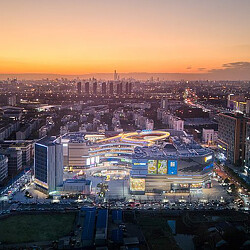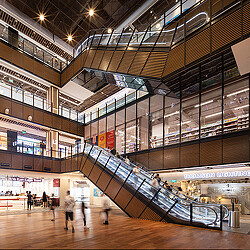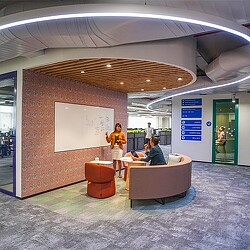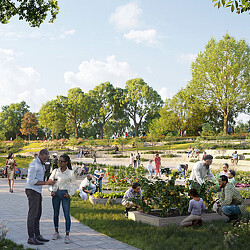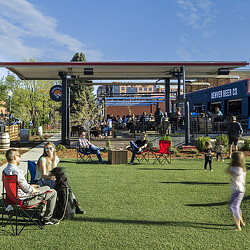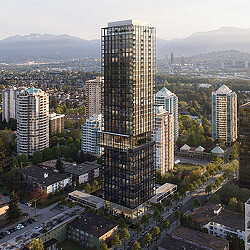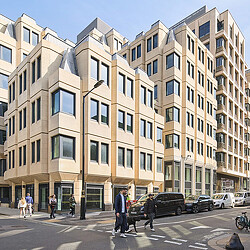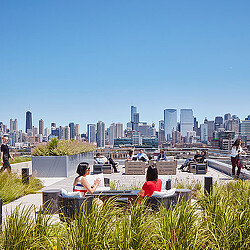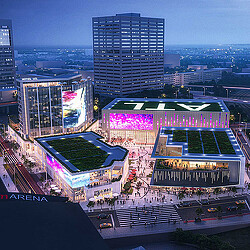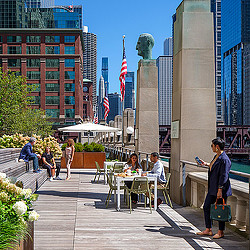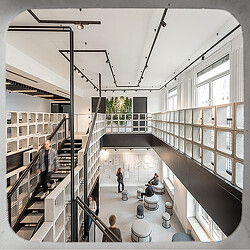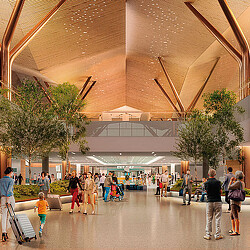The Top 10 Cities People Don’t Want to Leave
Gensler’s 2025 City Pulse survey reveals the top cities where people not only move to, but also stay long-term.
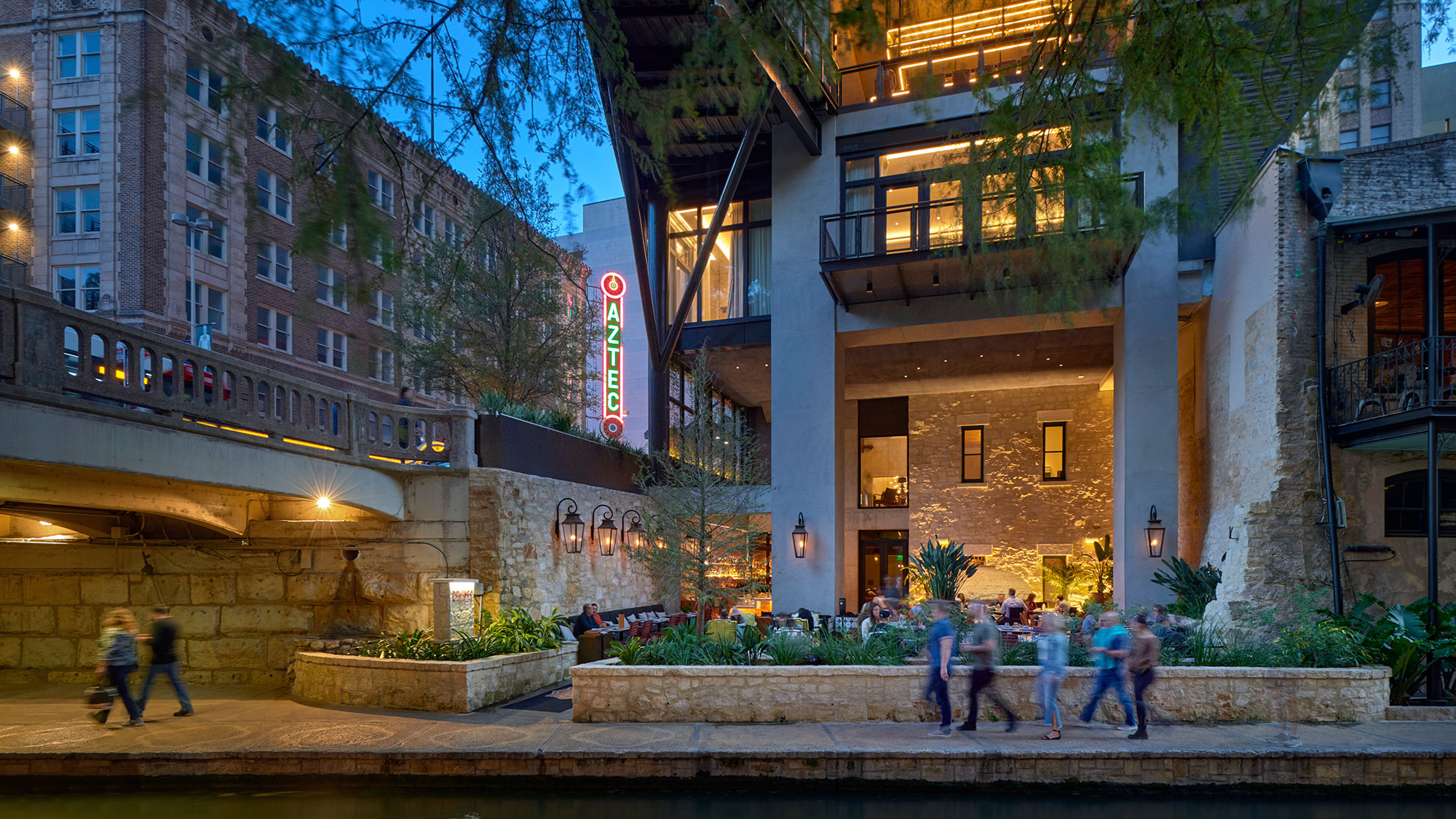
Nearly one in five people moved to a new city in the past year, according to Gensler’s most recent City Pulse 2025 survey. In a time when people are seeking more affordable, vibrant places to live and work, it’s crucial to understand not just what attracts new residents to cities, but crucially, what makes them want to keep living there.
So, what makes a city “sticky”? So-called “sticky” cities are those where people not only move to but also stay long-term. Sticky cities foster stability and urban vitality by offering the qualities that make residents want to stay.
Stickiness can be quantified as the percentage of each city’s population that reports as being unlikely to move. Cities with the highest proportion of unlikely movers are the stickiest, maintaining long-term populations that add to the character and longevity of a city.
Gensler’s new global survey, City Pulse 2025: The Magnetic City, draws on insights from 33,000 urban residents across 65 cities to uncover where and why people choose to live. Informed by urban migration patterns, the survey reveals the global trends and design pathways that can help cities grow and maintain populations.
We identified the top “stickiest” cities, both internationally and in the U.S.

Out of the 65 cities we surveyed, the stickiest international cities tend to be large national capitals, a country’s largest city, or global economic powerhouses. Conversely, in the United States, most of the stickiest cities are more regional, small-to-mid-sized urbanities, and not traditional “big” cities.
This difference could be attributed to the fundamentally different set of options available to residents of each nation. In many countries, especially those with smaller overall land masses, the capital city can function as the primary nexus of urban life. Capitals like Taipei and Seoul command disproportionate influence, or in the case of Singapore, comprise the only option inside national borders. Economic powerhouses like Munich, Germany, and Monterrey, Mexico, successfully attract residents with abundant opportunities and then maintain these residents by being highly livable cities where residents are excited to stay and build their lives.
In contrast, the vast geography of the U.S. allows for the coexistence of dozens of regional hubs, each acting as magnets of opportunity with the distinct capacity to both attract and retain residents. Cities like San Antonio, San Diego, and Raleigh aren’t the biggest cities in the U.S., or even their states, yet their cultural amenities and distinct local identities make them sticky and keep residents living there long-term.
Over time, what anchors someone in a place is not just what it provides, but how it feels. A city becomes home when it inspires pride, offers moments of joy, and fosters a true sense of belonging. Belonging isn’t a “soft” idea. It is a core urban asset. Places where people feel anchored and empowered are more stable, resilient, and innovative.
People stay in their city because they enjoy it and feel a strong sense of belonging.
- I don’t feel bored in my city.
- I feel at home in my city.
- I am proud of my city.
- My city is getting better as a place to age.
- My sense of belonging has grown over time.
The top five predictors, ranked from 152 factors, that most strongly influence whether someone stays in a city. Source: Gensler City Pulse 2025.
As cities continue to evolve, cultivating deep emotional bonds is essential to maintaining residents. It’s not enough to build economic infrastructure alone; cities must also invest in vibrancy, community, cultural richness, and social connection — qualities that transform a city from a place to live to a space to thrive.

For media inquiries, email .




